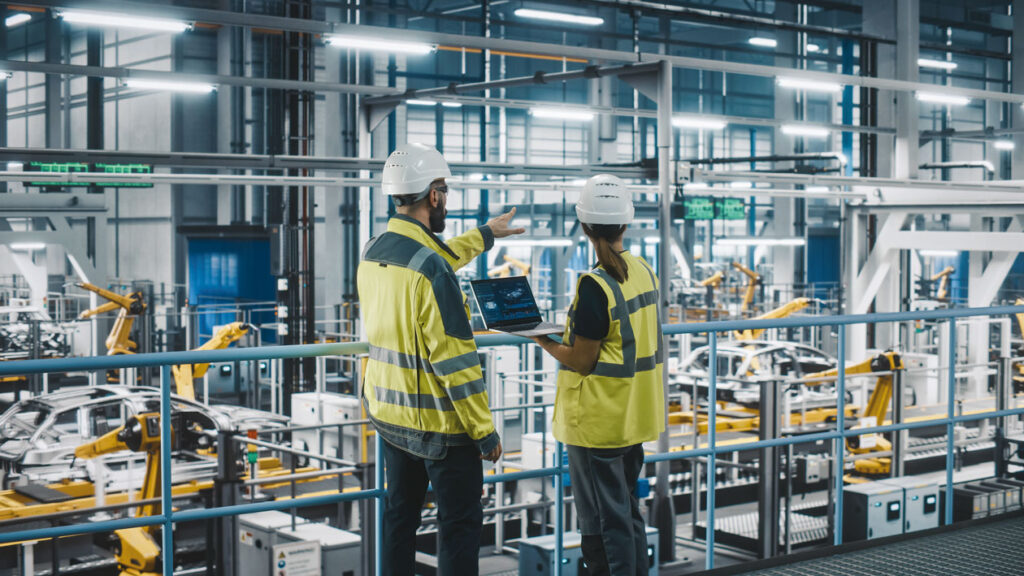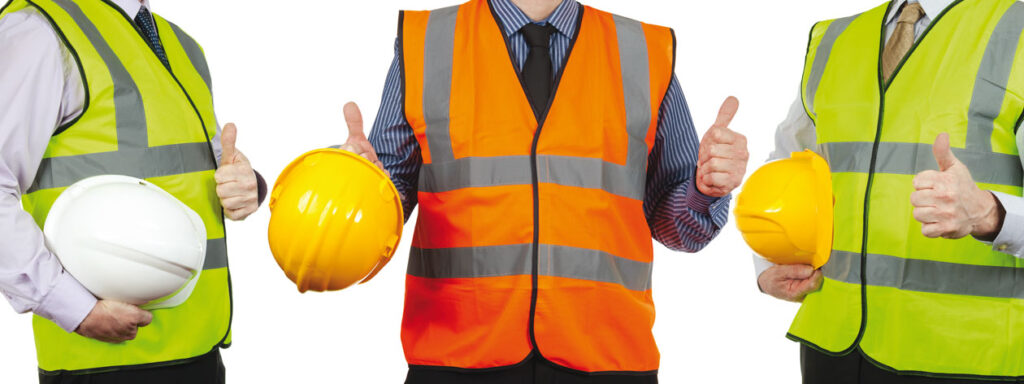Which Workers Need to Wear High-Vis Clothing?
By: Maureen Paraventi
It’s well known that traffic poses a serious threat to a variety of workers, whether that traffic consists of cars, forklifts or heavy equipment. How big a threat depends upon which data you consult. According to the U.S. Bureau of Labor Statistics, in 2021 there were 49 fatalities due to pedestrians being struck by vehicles in work zones, and 169 caused by pedestrians being struck by powered vehicles.[1]
The Solid Waste Association of North America (SWANA) offers a look in at a particular industry, with statistics that are more recent. The organization reports 46 fatalities in 2022 among workers in its industry and notes that being struck by a third-party vehicle remains the third leading cause of death for collection workers.[2]
So, people who work in highway construction zones and those who perform garbage collection are obvious candidates for high-visibility workwear, because the tasks they perform put them in proximity to traffic, as well as vehicles and equipment operated by their coworkers. Thus, OSHA requires all highway and road construction workers to wear high-visibility apparel, whether or not that is mandated by the Federal Highway Administration’s Manual on Uniform Traffic Control Devices (MUTCD). Although it can’t do anything to combat distracted driving – which has been identified as a major factor in struck-by incidents – high-visibility gear can give drivers more time to react and avoid a collision. Visibility enhances survivability.
But what about factory workers? Warehouse and distribution center employees? Construction workers whose jobs are nowhere near traffic? Should they all wear high-vis apparel?
Answering that question starts with determining exposure, as proscribed by OSHA standard 1910.132(d)(1), which calls for the employer to do a hazard assessment of the workplace to determine if PPE is needed. (Beyond highway and road construction workers, the agency does not specify job categories for which high-visibility apparel should be worn. However, standard 1910.132(a) does require that protective equipment “shall be provided, used and maintained in a sanitary and reliable condition wherever it is necessary by reason of hazards of processes…”)
Simply put, if an employee’s job requires them to be near moving vehicles or heavy equipment, high-vis apparel is the right choice. Some warehouse workers will fall into this category; others will not. The same holds true for other industries.
For a thorough hazard assessment, employers can consult ANSI/ISEA 107-2010, the American National Standard for High-Visibility Safety Apparel and Headwear Devices. This standard identifies three performance classes for high-visibility garments, based on potential hazard exposure, including the work environment and the amount and speed of traffic in and around the work environment. It also specifies that level of high visibility that should be worn by workers in each class.

High-vis apparel is vital for employees who work near moving vehicles or heavy equipment. © Gorodenkoff – stock.adobe.com
The Three Classes
Class 1: Workers who are separated from traffic – and traffic that is traveling at speeds below 25 miles per hour – are in this category. An additional factor: the tasks they are required to perform don’t distract them from paying attention to approaching traffic. These may include some parking service attendants and warehouse employees and shopping cart retrievers.
Class 2: Workers in this class 1) do perform tasks that distract them from approaching traffic and 2) must work near vehicles traveling at speeds exceeding 25 mph. School crossing guards are in this category, along with law enforcement officers who direct traffic and toll gate and parking attendants.
Class 3: Due to the tasks they perform, workers in this group are in the greatest danger from approaching traffic, so they need maximum visibility. They must be conspicuous at a minimum distance of 1,280 feet. Roadway construction, utility and railway workers are in this class. So are accident site investigators and emergency responders.
The Corresponding High Visibility
ANSI/ISEA 107-2010 includes performance criteria for high-visibility apparel that corresponds to the classes:
Background material is “colored fluorescent material intended to be highly conspicuous, but not intended to comply with the requirements… for retroreflective material.”
Retroreflective material is “material that reflects and returns a relatively high proportion of light in a direction close to the direction from which it came.”
Combined-performance material is “retroreflective material that is also a fluorescent material and can be counted toward the minimum area requirements for background material.”
For Class 1, the minimum background material must be 217 in and the minimum retroreflective material 155 in. For Class 2, those figures are 775 in and 201 in. High-visibility garments for workers in Class 3 must have minimum background material that is 1240 in and minimum retroreflective material of 310 in.
High-vis clothing can save lives – when it is worn consistently and when it is the right class and type of material for the on-the-job risk level of the worker who needs protection. WMHS
[1] www.bls.gov/news.release/pdf/cfoi.pdf
[2] https://swana.org/news/swana-news-archive/article/2023/03/06/swana-reports-increase-in-2022-worker-fatalities




